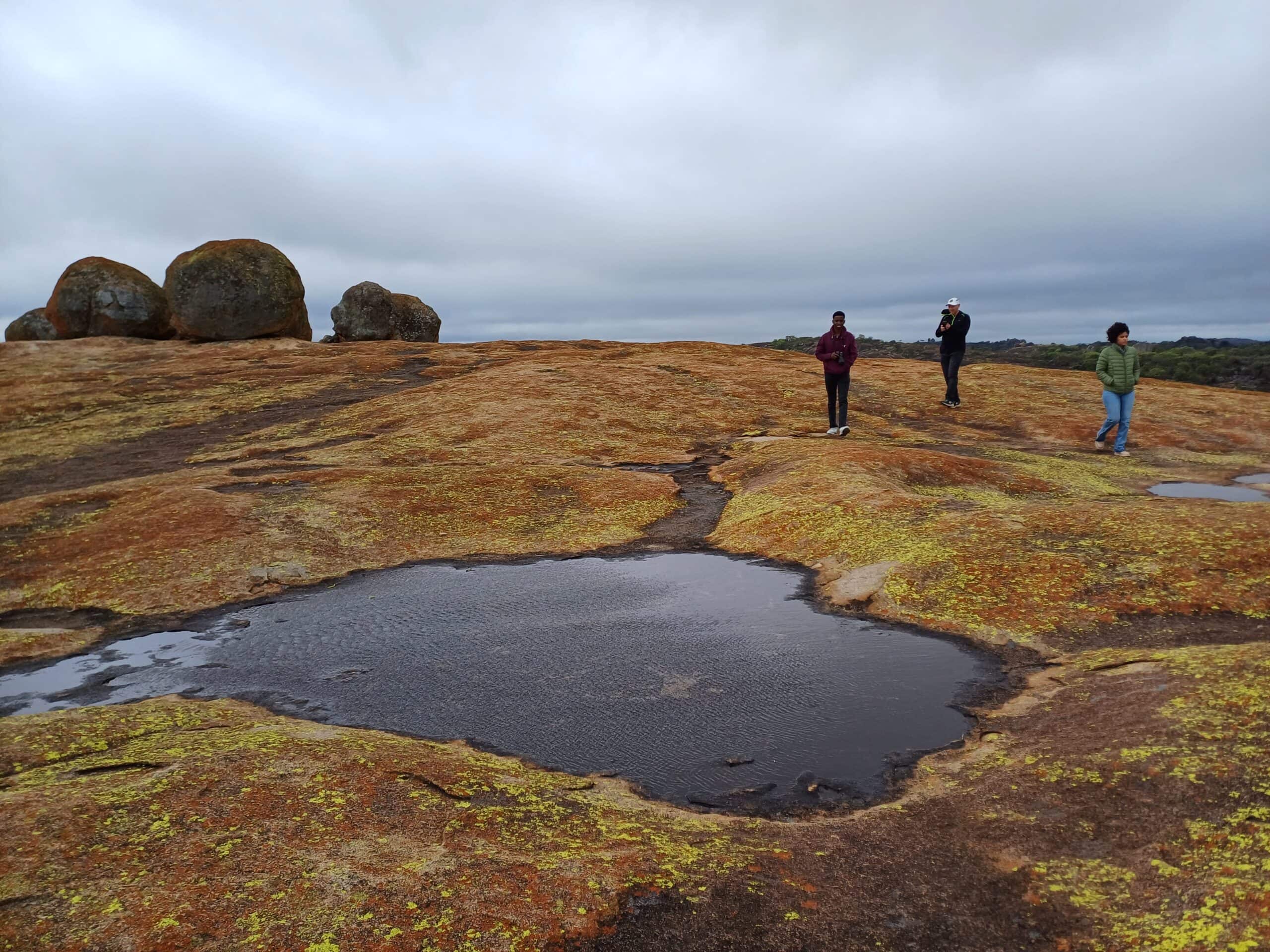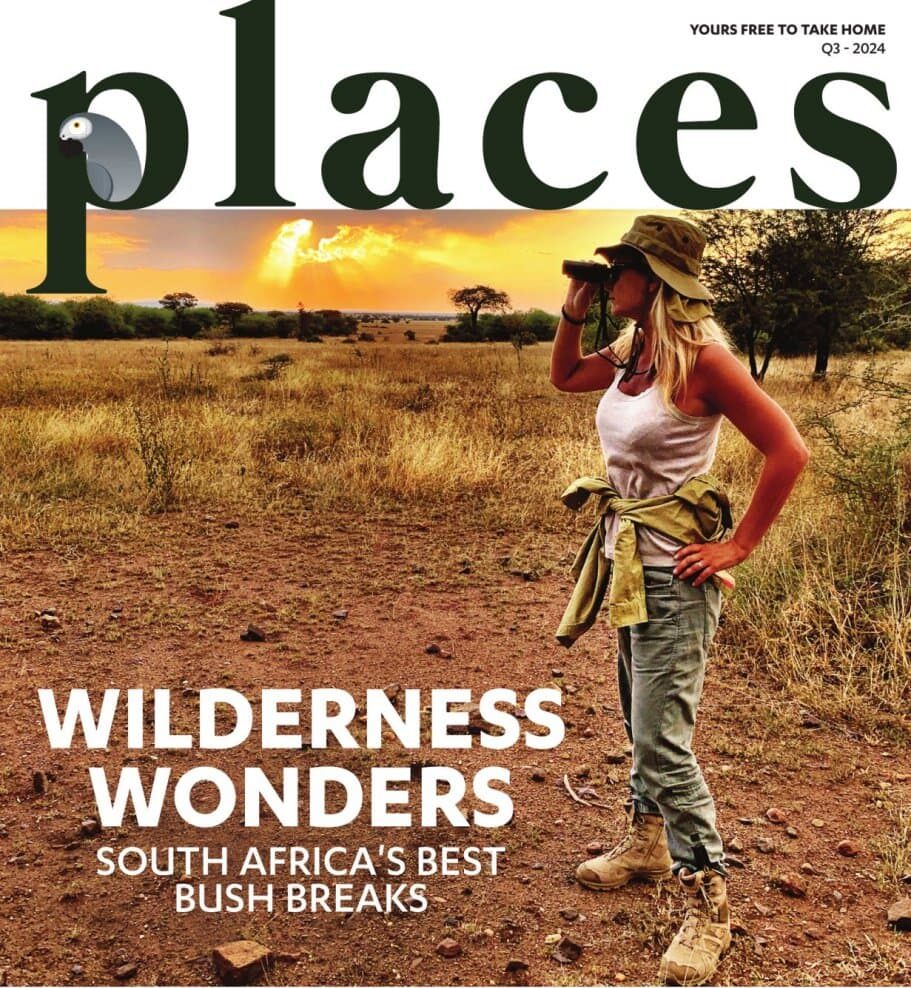Just 36 km from Bulawayo CBD, nestled in the semi-arid south-eastern countryside of Zimbabwe, Matobo National Park offers travellers a gateway to profound historical, natural and cultural sites.
The park features picturesque volcanic landscapes filled with granite domes, rolling hills, vast grasslands, green forests and bouldered hills that look like curated rock cairns.
At the entrance of the park, the Rhino Community Centre showcases information about the preservation of the park’s rhino population, and asks visitors for donations and to buy crafts that go towards the cause.
The most prominent landscape is the Unesco World Heritage Site, Matobo Hills, which is a set of distinct hilly granite rock formations that were formed by volcanic activity over 2 billion years ago.
The Matobo Hills house the highest concentration of rock art in the region, with over 3 000 registered friezes. Travellers can view some of the rock art, depicting elephants, giraffes, buck, homesteads and more, at three caves: Bambata, Nswatugi and Pomogwe.
In the centre of the park lies a sacred natural monument, Malindidzimu Hill, fondly known as World’s View. The massive volcanic dome, its crest adorned with a circle of stones, an African Stonehenge, offers an exceptional view of the surrounding area which holds stories of historical and cultural importance. Not only is the Hill the resting place of Cecil John Rhodes and other early white settlers, but it was also the home of a pre-colonial spiritual oracle, Mwari (Chishona) or Mlimo (siNdebele), renowned among the Ndebele and Shona people.
Kiran Molloy

 On Google Play
On Google Play

 On the App Store
On the App Store

 whatsapp Chat
whatsapp Chat

 Messenger
Messenger








